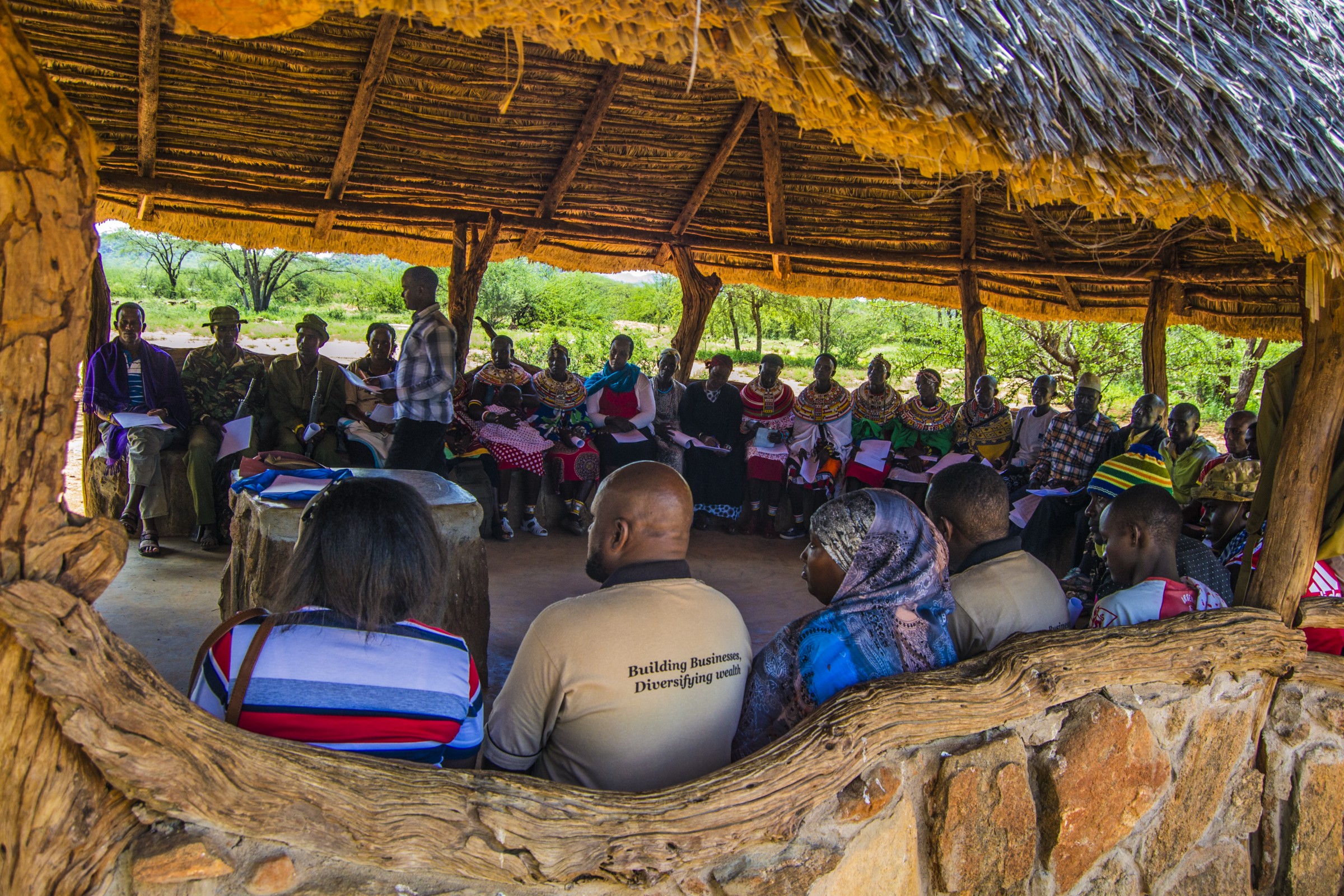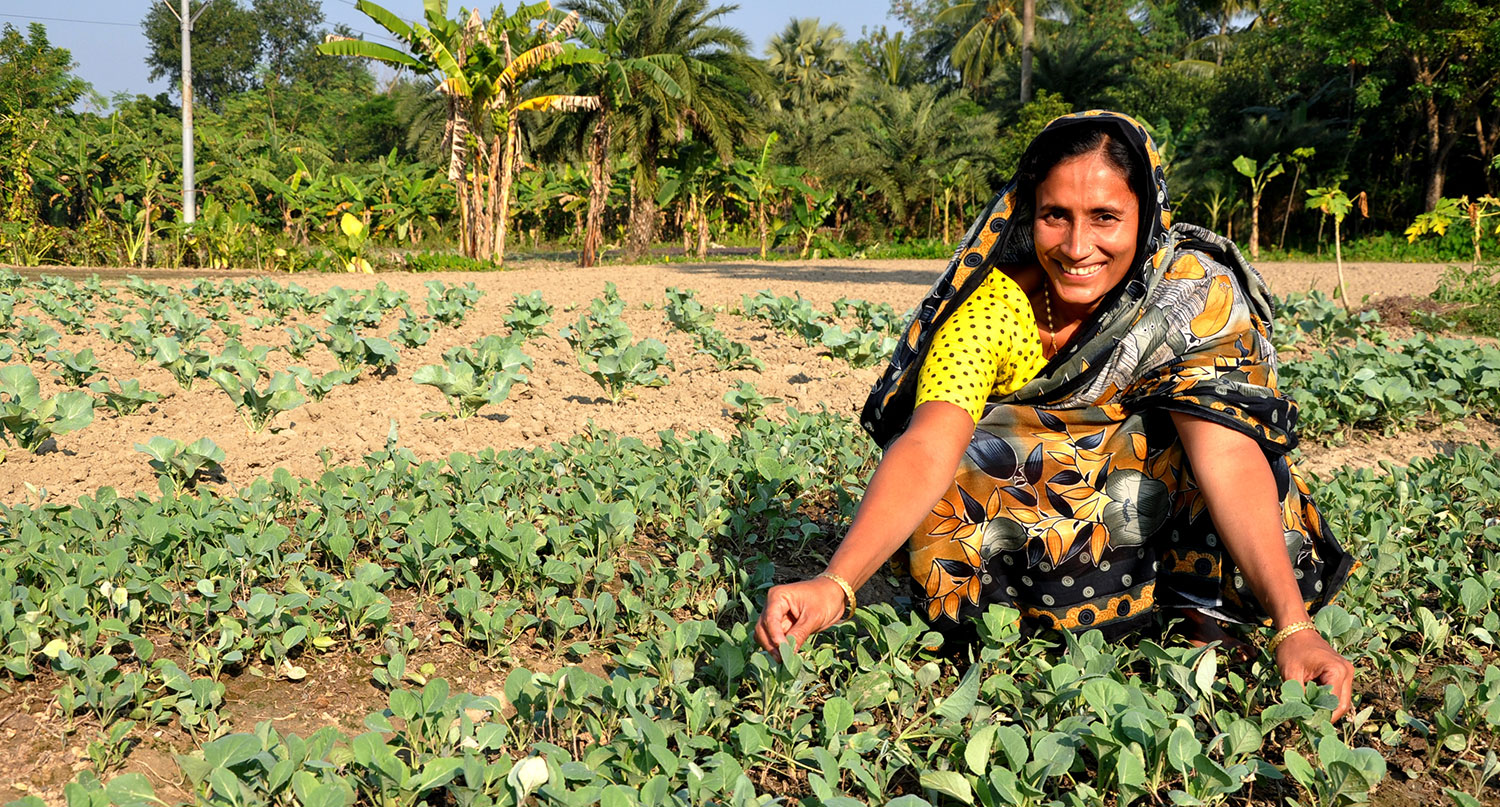Opportunities for Biodiversity Integration
Research and evidence to promote and support the integration of biodiversity conservation with other development sectors.
To increase cross-sector understanding of USAID’s mandates, strategies, programming approaches and tools, indicators and terminology, BRIDGE created four sectors.

Learn more about the sectors below:
Climate Change
Healthy, intact ecosystems are more resilient to the impacts of climate change and are an important component of climate adaptation and mitigation efforts. Increasing temperatures, rising sea levels and extreme weather events like droughts and floods present serious threats to human development, economic growth and poverty reduction.
Learn moreDemocracy, Human Rights and Governance
Democracy, human rights and governance (DRG) challenges—such as weak institutions, insecure access to natural resources and lack of participation in decision-making—are key drivers of biodiversity loss, and DRG programming can yield substantial benefits for biodiversity. Similarly, biodiversity programming often yields DRG co-benefits by promoting co-management of resources, investments in judicial systems and support to land tenure systems.
Learn moreFood Security
Ecosystems provide goods and services that support food production—including provision of wild foods and water, pest control and pollination—and biodiversity programming can have significant positive impacts on food security. Similarly, agriculture programming can sustainably increase productivity and incomes while minimizing impacts on the environment, yielding benefits for both food security and biodiversity.
Learn moreHealth, Water, Sanitation and Hygiene
Intact, biologically diverse ecosystems play important roles in promoting health and fighting disease by providing goods and services including wild foods, natural medicines, and clean air and water. Human health also plays an important role in biodiversity outcomes, as poor health and low access to health services are drivers of biodiversity loss.
Learn more


